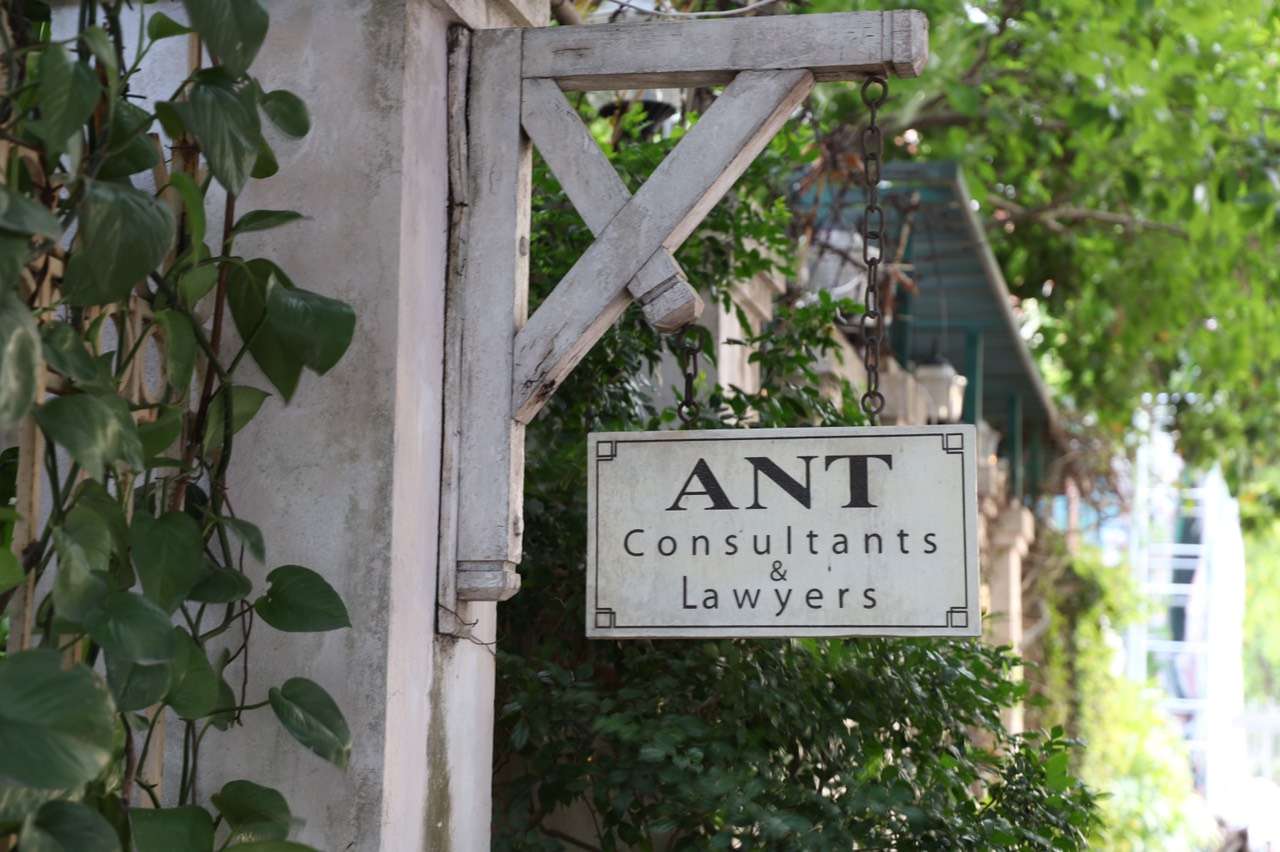International trade is
important for each country to grow economically and influence through
exchanging products and services, utilizing resources that create competitive
advantage over others. In order to enable international trade, Vietnam
has been a signing party to a number of international laws, international conventions,
free trade agreements.
Up to present, Vietnam is a signing party to the:
· UN
Convention on Contracts for the International Sale of Goods 1980 (CISG);
· The
Comprehensive and Progressive Agreement for Trans-Pacific Partnership (CPTPP);
· The
Association of Southeast Asian Nations (ASEAN) 1967;
Vietnam is also the signing party to a number of the Free Trade
Agreements:
· ASEAN
Free Trade Area 1992;
· ASEAN
Trade in Goods Agreement (ATIGA);
· ASEAN
Framework Agreement on Services (AFAS);
· ASEAN
Protocol on Enhanced Dispute Settlement Mechanism;
· ASEAN-China Free
Trade Area 2002;
· ASEAN-India Free
Trade Area 2003;
· ASEAN-Japan Free
Trade Area 2003;
· ASEAN-Korea Free
Trade Area 2005;
· Vietnam
– Japan economic Partnership Agreement 2008;
· ASEAN-Australia-New
Zealand Free Trade Agreement 2009;
· Vietnam
– Chile Free Trade Area 2011;
· Vietnam
– Korea Free Trade Area 2015;
· Eurasian
Economic Union 2015
· ASEAN
– Hong Kong free Trade Area 2017 (signed on 12/11/2017, Scheduled to be
effective from 1 January 2019)
· Agreements
in WTO accession:
Annex 1A Multilateral agreements on trade in
goods
· General
Agreement on Tariffs and Trade 1994
· Agreement
on agriculture
· Agreement
on the application of sanitary and phytosanitary measures
· Agreement
on textiles and clothing
· Agreement
on technical barriers to trade
· Agreement
on trade-related investment measures
· Agreement
on implementation of Article VI of the General Agreement on Tariffs and Trade
1994
· Agreement
on implementation of Article VII of the General Agreement on Tariffs and Trade
1994
· Agreement
on pre-shipment inspection
· Agreement
on rules of origin
· Agreement
on import licensing procedures
· Agreement
on subsidies and countervailing measures
· Agreement
on safeguards
· Trade
Facilitation Agreement
Annex 1B General Agreement on Trade in Services
Annex 1C Agreement on trade-related aspects of
intellectual property rights
Until Sep 2018, Vietnam has been accelerating preparations for
meeting commitments in EU-Vietnam Free Trade Agreement (EVFTA). It has
been expected the EVFTA to be passed in the year of 2019, promoting Vietnam’s
sustainable development through removing 99% of tariffs on goods traded between
the two economies, expanding Vietnam’s textile, apparel export to the EU
market. In return, the EVFTA will open Vietnamese market for EU companies
and strengthen the protection of its investment into Vietnam.
ANT Lawyers law firm is a member of legal
secretary of EuroCham in Hanoi, Vietnam, and has been a contribution to the
legal review that support the investment into Vietnam. ANT Lawyers will
be sending Mr Tuan Nguyen, the Managing Partner to take part in the EuroCham
delegation visit in Brussels Mission in October 2018, with the main goal is to
promote the fast conclusion of the EU-Vietnam Free Trade Agreement process,
raise awareness as to the potential of Vietnam as a strategic partner for
Europe, and deliver the views of the European business community in the
country.
























